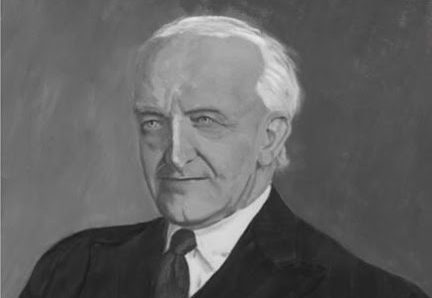Cecil Alec Mace is a British philosopher and industrial psychologist, best known for his work on monetary incentives and goal-setting theory. In 1932 he published his book The Psychology of Study where he explains the mental processes by which we read, mark, learn and digest information of all kinds. It deals with perception, memorization, original thinking, and motivation as well as simple preparations for exams.
In this book he discussed spaced repetition and its application in the learning process. While Hermann Ebbinghaus laid the foundation for the study of memory and forgetting curves, Mace’s contribution was to emphasize the practical applications of spaced repetition for effective learning.
Here’s a basic explanation of how spaced repetition works:
- Initial learning: When you first learn new information, it’s important to understand and encode it into your memory.
- First review: Shortly after the initial learning, you review the material.
- Scheduling subsequent reviews: Instead of reviewing the material again immediately, spaced repetition algorithms determine the optimal time for the next review based on the individual’s performance. If you recall the information well, the next review may be scheduled further into the future. If you struggle, the next review might be sooner.
- Repeating the process: The process of reviewing and scheduling repeats over time, with each successful recall pushing the next review further into the future.
According to Ebbinhaus’ theory, you achieve the best results if you repeat according to the forgetting curve. The forgetting curve shows how learned information “slips out” of our memories over time, unless we take action to keep it there.
The steepest drop in memory happens quickly after learning, so it’s important to revisit the information you’ve learned sooner rather than later. After that, regular reviews will help to reinforce it. But you can leave longer and longer gaps between these review sessions.
Later, research in the 1970s and 1980s, including work by Landauer, Bjork, Schacter, Rich, Stampp and others, showed that the spaced repetition method was effective not only for learning and remembering faces and names, but also for people with memory disorders such as amnesia or Alzheimer’s disease.
The method was further popularized by German scientist Sebastian Leitner in 1972, and it is still known today as the “Leitner box”. In this method, pieces of paper with information are sorted into groups according to how well the learner knows each group. Learners try to recall the solution written on the back of the paper. If they succeed, they move the card to the next group. If they fail, they send it back to the first group. For each successive group, pupils take a longer time to reach the next group.
The first computer implementation of spaced repetition based on the forgetting curve was done by Piotr Wozniak in 1992.








